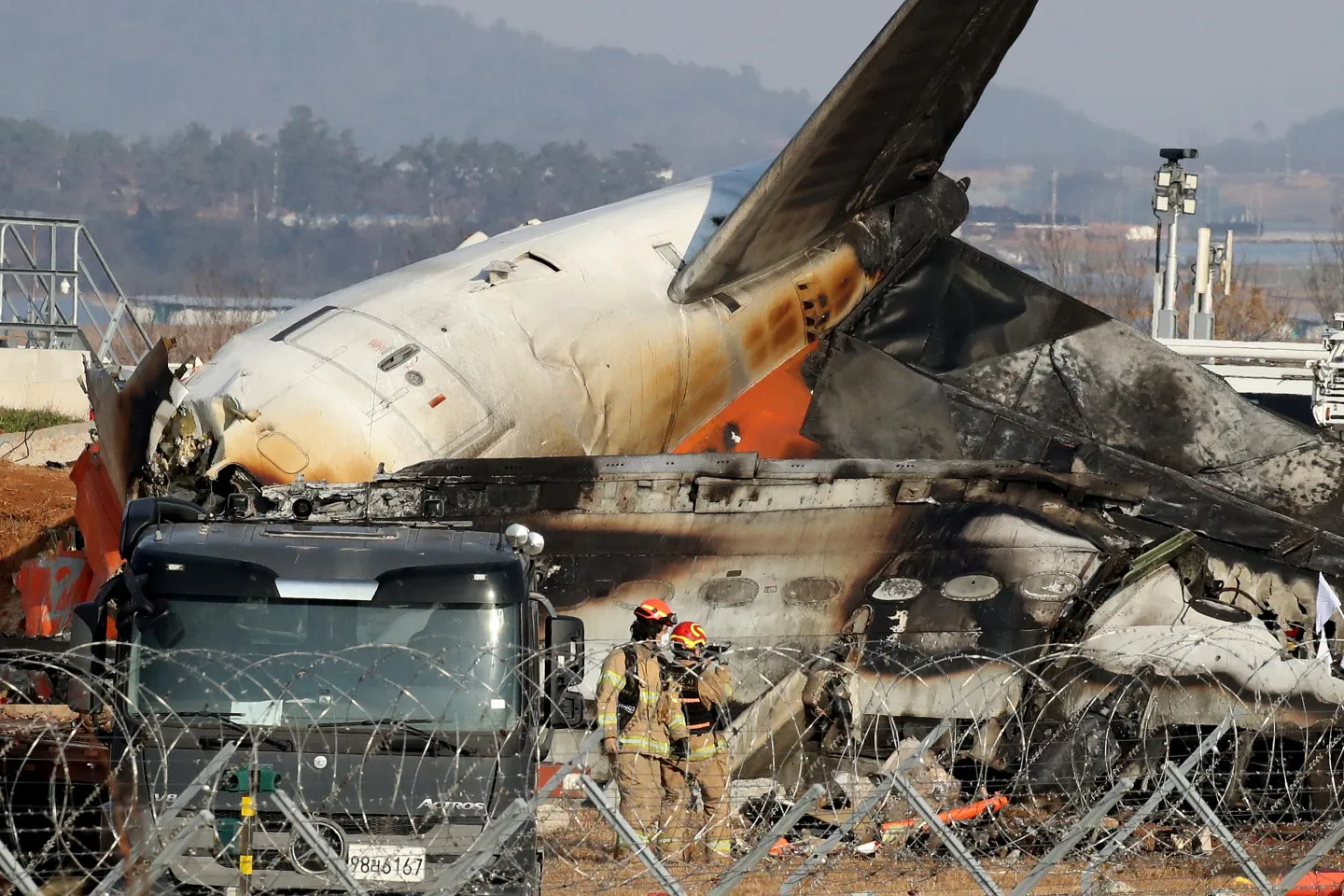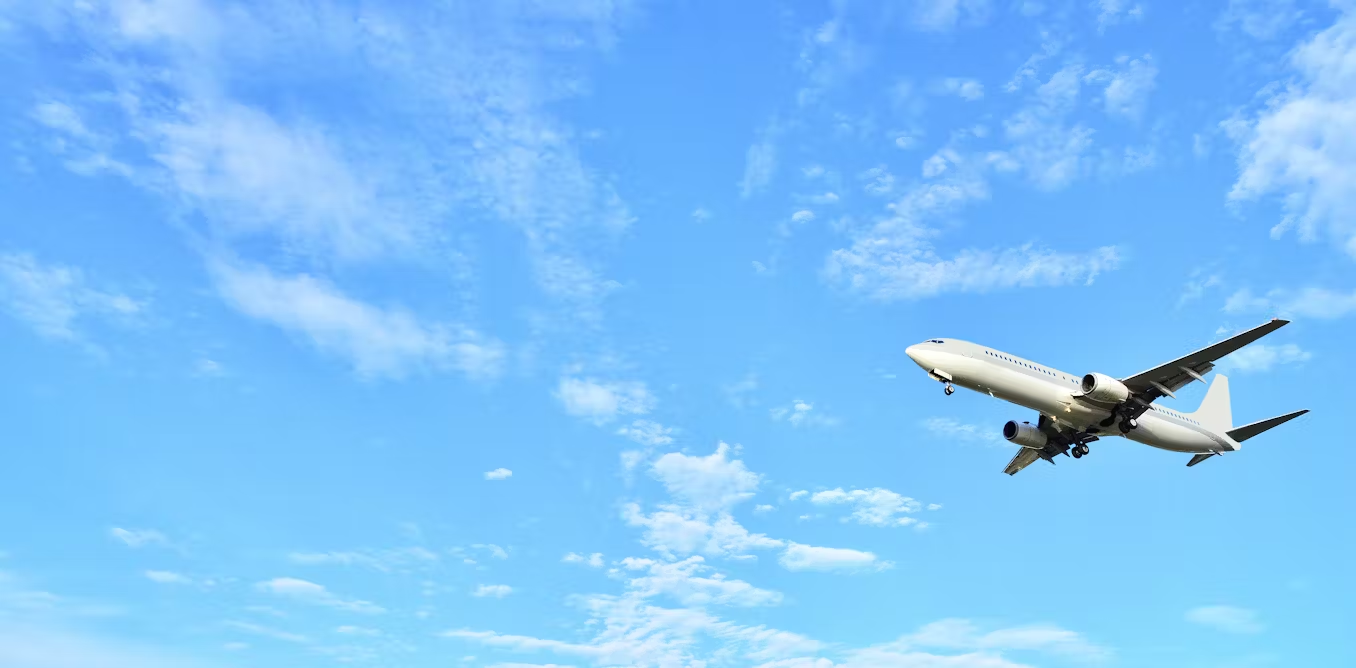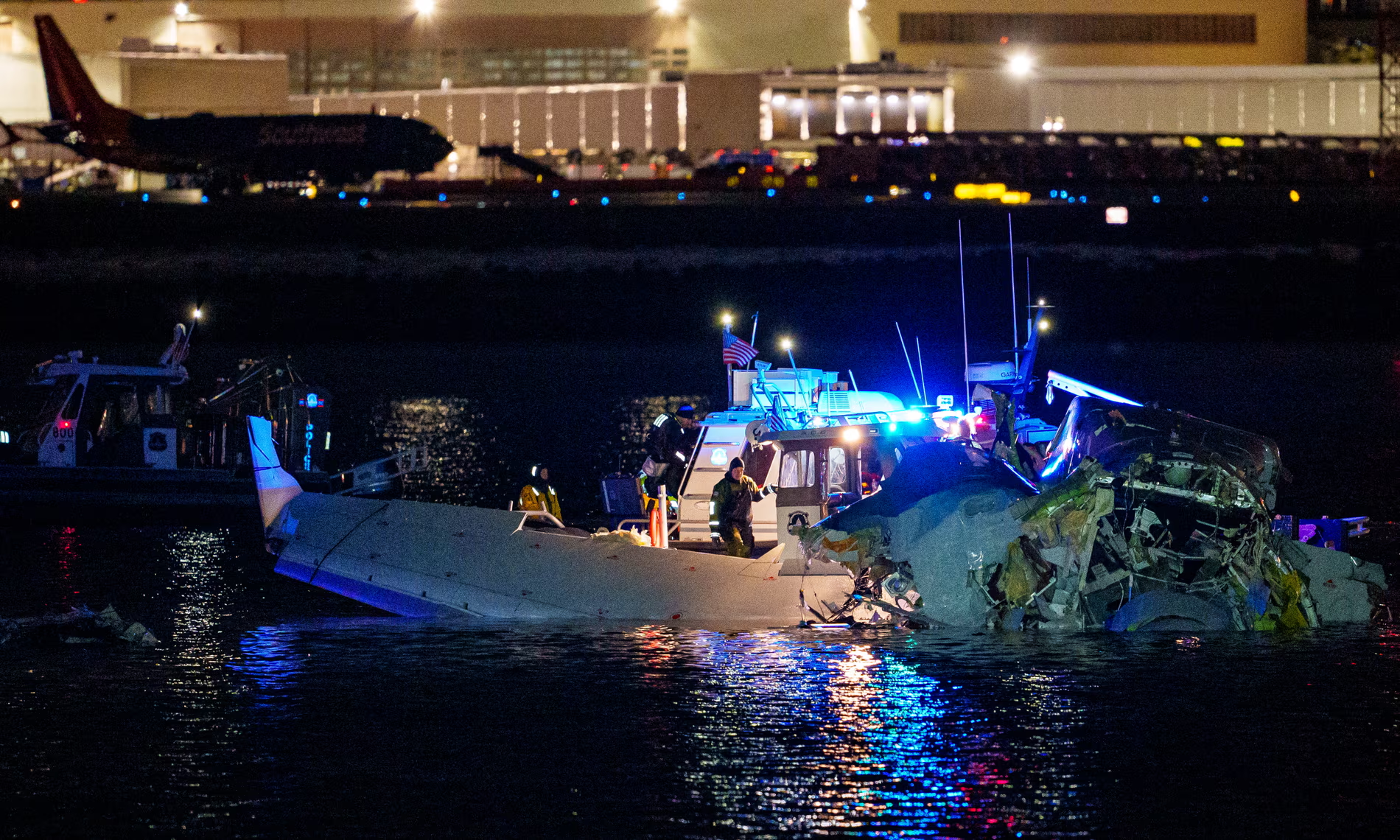In response to two major aviation disasters that rattled public confidence, South Korea’s Ministry of Land, Infrastructure, and Transport (MOLIT) has launched an Aviation Safety Innovation Committee to overhaul air travel safety protocols. The 20-member panel, announced Tuesday, follows the deadly Jeju Air crash in December and an Air Busan fire in January, which together claimed 179 lives and exposed critical vulnerabilities in the nation’s aviation infrastructure.
Twin Disasters Prompt Action
The committee’s formation comes after a Jeju Air (J2) Boeing 737-800 crash at Muan International Airport (MWX) on December 29. During its approach, the aircraft suffered a bird strike, leading to a catastrophic belly landing. The plane skidded off the runway, colliding with a concrete barrier and killing all 179 passengers and crew. Investigators confirmed feathers in both engines as evidence of the bird strike, though the flight’s black boxes ceased recording four minutes before impact, complicating the inquiry.
Less than a month later, on January 22, an Air Busan (BX) Airbus A321ceo caught fire while grounded at Gimhae International Airport (PUS). Flames erupted from an overhead luggage bin, prompting the evacuation of 176 people. No injuries were reported, but the incident amplified scrutiny of safety oversight.
Committee Structure and Immediate Reforms
The newly formed committee, divided into an Aviation Safety Division and an Airport Facility Improvement Division, will focus on tightening airline licensing reviews, revising airport construction standards, and enhancing operational certifications. Preliminary measures, informed by site inspections and incident analyses, will be finalized during an April public hearing.
In urgent response to the Jeju crash, MOLIT mandated nationwide airports to install advanced bird detection systems, including thermal imaging cameras and radars, to provide real-time data to air traffic controllers. Mobile sonic deterrents and stricter zoning laws will also relocate bird-attracting facilities—such as waste plants and orchards—away from airports. Seven airports must now modify or remove concrete barriers akin to those implicated in the Jeju tragedy, while low-cost carriers face intensified safety audits.
“Rebuilding trust requires a ground-up transformation,” said Deputy Minister Baek Won-kuk, emphasizing a dual focus on immediate risks and systemic reform. Surveys identifying bird hazards near airports are underway, alongside new legal frameworks to enforce distance regulations. MOLIT also pledged greater transparency in aviation safety spending.
Global Standards Inform Future Policies
The committee will integrate international best practices into South Korea’s aviation policies, aiming to craft a “robust yet flexible” safety framework. While investigations into both incidents remain ongoing, their findings are expected to refine proposed measures further.
Stakeholders and citizens will have the opportunity to weigh in during April’s public hearing, ensuring reforms balance comprehensiveness with practicality. For a nation reliant on air travel, the stakes are sky-high: restoring faith in the skies demands nothing less.





